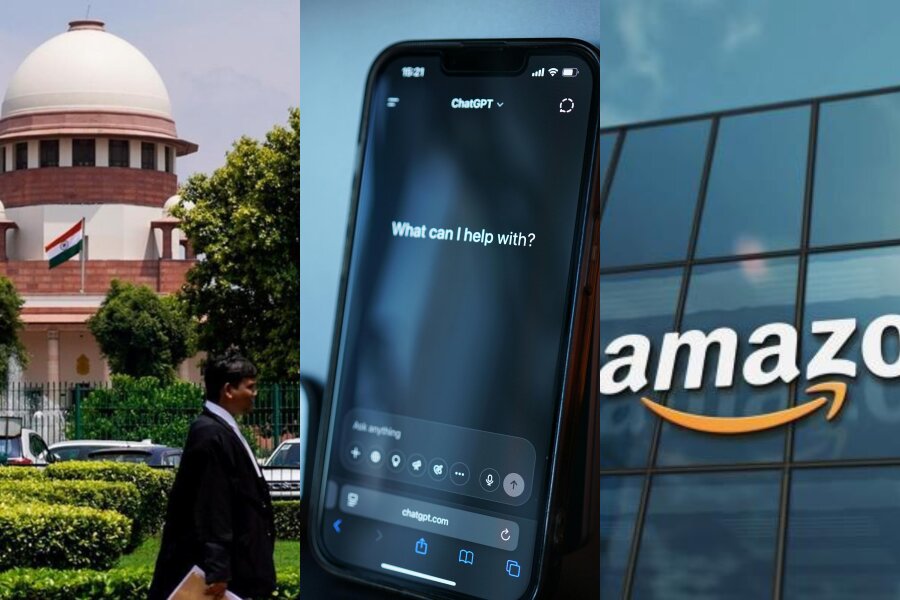Best Art & Cultural Property Law Lawyers in Setapak
Share your needs with us, get contacted by law firms.
Free. Takes 2 min.
List of the best lawyers in Setapak, Malaysia
We haven't listed any Art & Cultural Property Law lawyers in Setapak, Malaysia yet...
But you can share your requirements with us, and we will help you find the right lawyer for your needs in Setapak.
Find a Lawyer in SetapakAbout Art & Cultural Property Law in Setapak, Malaysia
Art & Cultural Property Law in Setapak, Malaysia, pertains to the legal frameworks and policies governing the protection, management, and transfer of cultural properties and art. This area of law ensures that valuable cultural heritage and artistic expressions are safeguarded, preserved, and fairly exchanged within the community. Setapak, being a culturally rich area, houses diverse art and cultural properties which are subject to national and local regulations aimed at protecting these treasures.
Why You May Need a Lawyer
There are various situations where individuals or organizations might require legal help in the realm of Art & Cultural Property Law:
- Buying, selling, or leasing art and cultural properties.
- Disputes over ownership or provenance of art and cultural items.
- Legal issues related to the export or import of cultural artifacts.
- Protection of intellectual property rights related to creative works.
- Navigating the requirements for conservation or restoration of artworks.
- Dealing with alleged cultural property offenses, such as illicit trafficking.
- Sponsorship or donation of culturally significant items to public institutions.
Local Laws Overview
In Setapak, Malaysia, Art & Cultural Property Law is influenced by both national legislation and local ordinances. Key aspects include:
- The National Heritage Act 2005, which provides a framework for conservation and management of heritage sites and moveable cultural property.
- Copyright Act 1987, addressing the protection of intellectual property rights related to artistic works.
- Customs Act 1967, which regulates the import and export of cultural artifacts.
- National Visual Arts Development Board Act 2011, which governs the registration and activities of visual arts practitioners and institutions.
- Local ordinances that may offer additional regulations or protections specific to Setapak’s cultural heritage.
Frequently Asked Questions
1. What qualifies as cultural property under Malaysian law?
Cultural property in Malaysia typically includes artifacts, artworks, buildings, and sites of historical, archeological, ethnographic, or artistic value.
2. How can I prove ownership of an artwork?
Proof of ownership can be established by documentation such as purchase receipts, transfer agreements, or provenance records.
3. Is it legal to export cultural artifacts from Malaysia?
Exporting cultural artifacts is regulated, and licenses are often required to ensure compliance with national and international laws.
4. What should I do if I suspect an artwork in my possession is stolen?
Contact legal professionals immediately and abstain from selling or transferring the item. Reporting the situation to authorities is also advisable.
5. Can I claim intellectual property rights over a traditional cultural expression?
While individual IP rights may not apply, certain protections are afforded to traditional cultural expressions under indigenous rights and local customs.
6. Do I need a lawyer to create an art donation agreement?
Yes, a lawyer can help draft a legally sound agreement that ensures the donor's intentions are honored and the recipient's responsibilities are clear.
7. How are disputes over cultural property resolved in Setapak?
Disputes can be resolved through negotiation, mediation, or legal proceedings, often requiring the expertise of lawyers specialized in cultural property law.
8. Are there any specific regulations for the conservation of heritage buildings in Setapak?
Yes, heritage buildings are protected under the National Heritage Act, which requires compliance with conservation guidelines and permits for any alterations.
9. What is provenance, and why is it important?
Provenance refers to the documented history of an artwork or artifact. It is essential for establishing authenticity, legality, and value.
10. Can I reproduce a piece of art for educational purposes without permission?
Reproductions for educational purposes may fall under fair use exceptions, but it is advisable to consult with a lawyer to ensure compliance with copyright laws.
Additional Resources
The following resources can be invaluable for those seeking information or assistance related to Art & Cultural Property Law:
- Department of National Heritage, Malaysia
- National Art Gallery Malaysia
- Legal Aid Centre Malaysia
- International Council of Museums (ICOM Malaysia)
- Art Law Centres or forums in Kuala Lumpur
Next Steps
If you need legal assistance in Art & Cultural Property Law in Setapak, consider these steps:
- Identify your specific legal needs and gather all relevant documentation.
- Research and contact lawyers or law firms that specialize in Art & Cultural Property Law.
- Schedule a consultation to discuss your case specifics and understand your legal standing.
- Consider seeking recommendations or reviews for legal practitioners experienced in cultural property cases.
- Engage a lawyer to represent you in transactions, negotiations, or legal proceedings to safeguard your interests.
Lawzana helps you find the best lawyers and law firms in Setapak through a curated and pre-screened list of qualified legal professionals. Our platform offers rankings and detailed profiles of attorneys and law firms, allowing you to compare based on practice areas, including Art & Cultural Property Law, experience, and client feedback.
Each profile includes a description of the firm's areas of practice, client reviews, team members and partners, year of establishment, spoken languages, office locations, contact information, social media presence, and any published articles or resources. Most firms on our platform speak English and are experienced in both local and international legal matters.
Get a quote from top-rated law firms in Setapak, Malaysia — quickly, securely, and without unnecessary hassle.
Disclaimer:
The information provided on this page is for general informational purposes only and does not constitute legal advice. While we strive to ensure the accuracy and relevance of the content, legal information may change over time, and interpretations of the law can vary. You should always consult with a qualified legal professional for advice specific to your situation.
We disclaim all liability for actions taken or not taken based on the content of this page. If you believe any information is incorrect or outdated, please contact us, and we will review and update it where appropriate.







